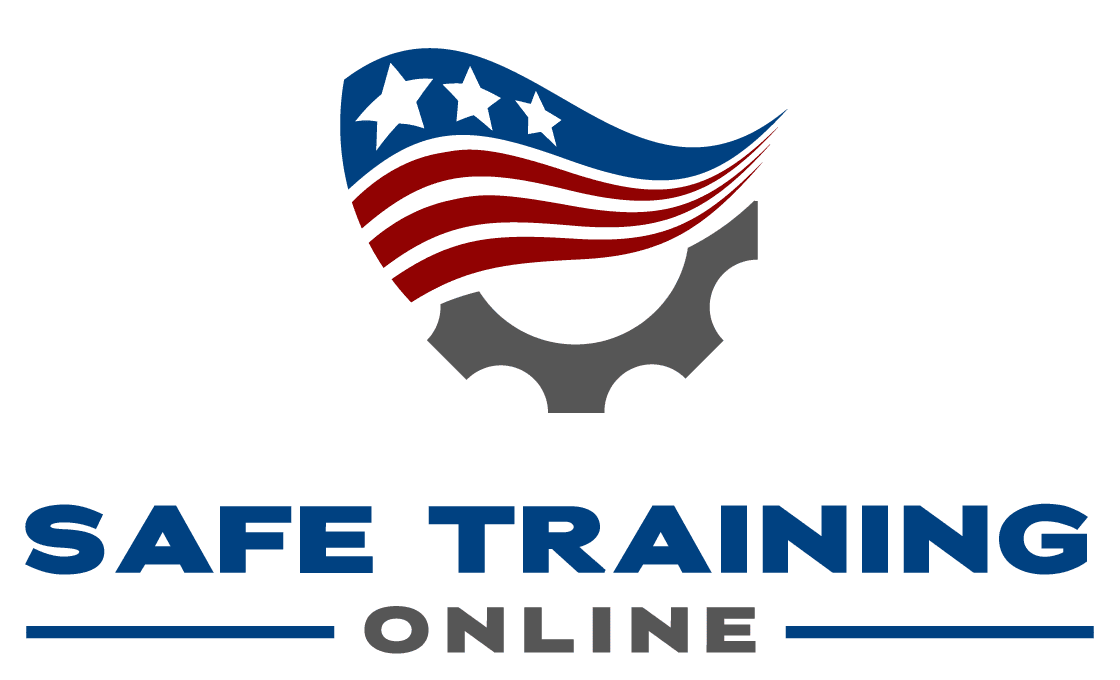Lockout/tagout safety training
Lockout Tagout
Safe Training Online USA
LOTO is a term used to describe a process where machines or equipment are disabled before being serviced or repaired. You should be familiar with the concept of LOTO because it’s required under the Occupational Safety and Health Act (OSHA), which requires employers to implement a LOTO program.
A LOTO program addresses the following four steps:
1. Disconnect power source
2. Disable controls
3. Remove access points
4. Prevent reentry
Your company needs to have a LOTO plan in place and train its workers on how to properly perform LOTO procedures.
Why Does Lockout/tagout Exist?
There are two main reasons why lockout/tagout training is important. First, it helps to keep workers safe. Second, it keeps employers in compliance with federal regulations.
OSHA estimates that compliance with LOTO standards can prevent 120 fatalities and nearly 50,000 injuries every single year. If you have any kind of equipment in your workplace, then you should consider developing a LOTO safety program.
A LOTO safety program ensures that your employees are protected during work hours. You can find a lot of resources online that teach you how to implement a LOTO safety program in your workplace.
In addition to teaching you how to implement a safety program, there are also resources available to help you stay compliant with federal regulations.

What Do Employers Do
Employers should comply with OSHA regulations in order to keep their workers safe. One of those regulations is lockout/tagout training. Lockout/tagout training teaches employers how to properly lock down machinery before starting work and how to tag out equipment after finishing work.
OSHA requires employers to train their employees on lockout/tagout procedures. Employees should know where the emergency stop buttons are located and how to shut off power to machines safely.
In addition, employers should teach their employees how to perform proper maintenance on machinery. This includes knowing how to turn off power to machinery and how to remove safety devices.
Finally, employers should instruct their employees on how to handle hazardous energy sources. This includes knowing how dangerous chemicals and gases can become explosive or flammable under certain conditions.
All of these steps are important in keeping your employees safe.
How Can Employers Protect their Employees?
Employers can protect their employees by providing lockout tags and locks for equipment that can be shut down. These devices prevent unauthorized access to equipment. However, there are times when using a lock isn’t enough to keep someone from accessing equipment.
That’s why employers must provide lockout tags and locks for certain types of equipment. Lockout tags are small plastic pieces that attach to equipment and are used to lock out the equipment. Locks are metal bars that fit into slots on equipment and are used to secure equipment.
LOTO devices are required for equipment that can be turned off. These devices include lockout tags and locks. But sometimes, employers will use lockout tags and locks instead of LOTO devices. Employers can use lockout tags and locks if the LOTO device would cause harm to the worker.
But employers shouldn’t rely on lockout tags and locks alone. Employers should also provide lockout tags and locks along with LOTO devices. Employer safety programs that include LOTO devices are more effective than those that don’t.
So how can employers protect their workers? Employers can provide lockout tags and locks, along with LOTO devices, to ensure that their workers are protected.
Conclusion
Lockout/tagout safety training is an essential part of every job site. It helps prevent accidents by ensuring workers are properly trained and equipped to handle dangerous situations. This article has provided you with several reasons why lockout/tagout training is beneficial. Now that you understand the importance of this training, you need to ensure you’re getting the proper training.
Click here for online lockout tagout training.
Click here for OSHA lockout tagout requirements.
